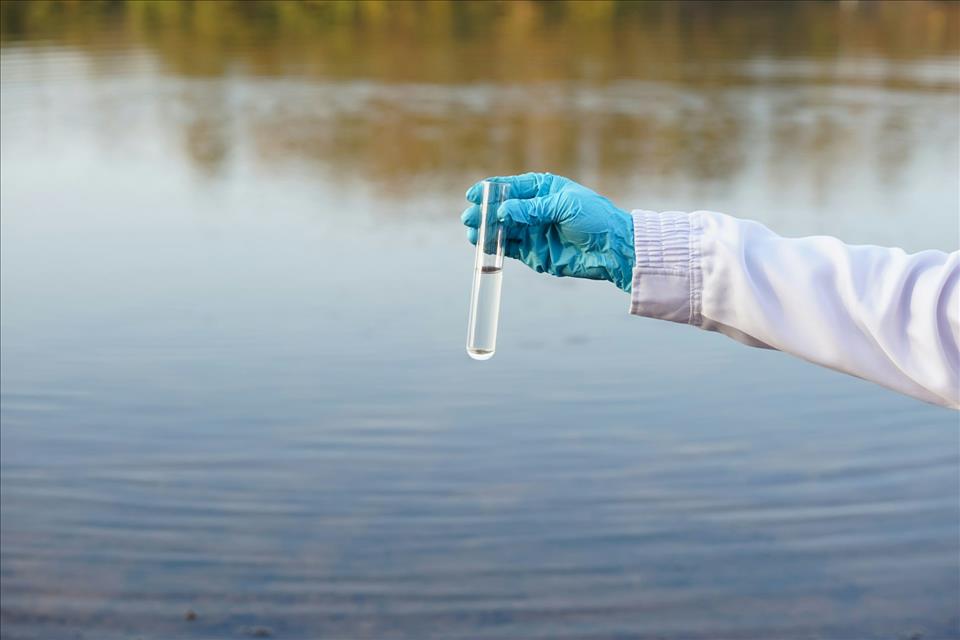
Growing Cocktail Of Medicines In World's Waterways Could Be Fuelling Antibiotic Resistance
But in a recent study I led, we wanted to know what happens when bacteria are exposed not just to antibiotics , but to antibiotics and another type of medicine – together, at the low concentrations now typically found in nature.
Up to 90% of the medicines we take pass straight through our bodies , and most are not removed by wastewater treatment plants . These drug residues end up in rivers, lakes and other freshwater systems. In fact, traces of medicines have now been detected on every continent , at concentrations that vary from place to place.
Read more: Environmental antibiotic resistance unevenly addressed despite growing global risk, study finds
Even tiny amounts of antibiotics can help bacteria evolve defences that make them harder to kill later. These bacteria become fitter, more adaptable, and able to survive doses strong enough to treat human infections. When that happens, the result is antibiotic resistance – a major global health threat. Already, over a million people die each year from infections that no longer respond to treatment, and that number is expected to rise.
What's less well known is that many other medicines , including drugs for diabetes, depression and pain relief, can also encourage bacteria to become resistant to antibiotics.
Most previous studies, however, have focused on single drugs in isolation. For example, researchers might test how one antidepressant affects bacterial resistance to antibiotics and usually at doses much higher than those found in the environment.
But in the real world, medicines mix together in complex cocktails at low levels, and we still know little about how those combinations behave.
In our latest research, we tested whether a community of bacteria would become more resistant to antibiotics after being exposed to a mixture of drugs. These mixtures included ciprofloxacin – a common antibiotic frequently detected in waterways – combined with one of three other medicines: diclofenac (a widely used painkiller), metformin (a diabetes medication) and an oestrogen hormone used in hormone replacement therapy.
All three combinations changed how the bacteria behaved. We analysed how the bacterial community shifted: which species declined, which thrived and what resistance genes became more common.
We found that these mixtures made the bacterial community less able to grow overall, but also more likely to contain genes that conferred resistance to multiple antibiotics – not just ciprofloxacin, but others that were chemically different. The bacterial mix itself also changed: new species flourished in the presence of the drug combinations that hadn't done so under antibiotic exposure alone.
I'd tested these same medicines individually in an earlier study , using the same bacteria and similar experimental conditions. On their own, none of the non-antibiotic drugs increased bacterial resistance. But when combined with an antibiotic, the story changed.
Taken together, these studies reveal something important: medicines that seem harmless on their own can amplify each other's effects when mixed. That's a big deal, because scientists often test pharmaceuticals one by one and if a single drug shows no obvious effect, it's typically ignored. Our findings suggest we shouldn't be so quick to dismiss them.
In the environment, where countless drugs and chemicals coexist, these mixtures may be quietly shaping the evolution of antibiotic resistance. Understanding this hidden interaction is crucial if we want to protect both our health and our ecosystems in the years ahead.

Legal Disclaimer:
MENAFN provides the
information “as is” without warranty of any kind. We do not accept
any responsibility or liability for the accuracy, content, images,
videos, licenses, completeness, legality, or reliability of the information
contained in this article. If you have any complaints or copyright
issues related to this article, kindly contact the provider above.


















Comments
No comment